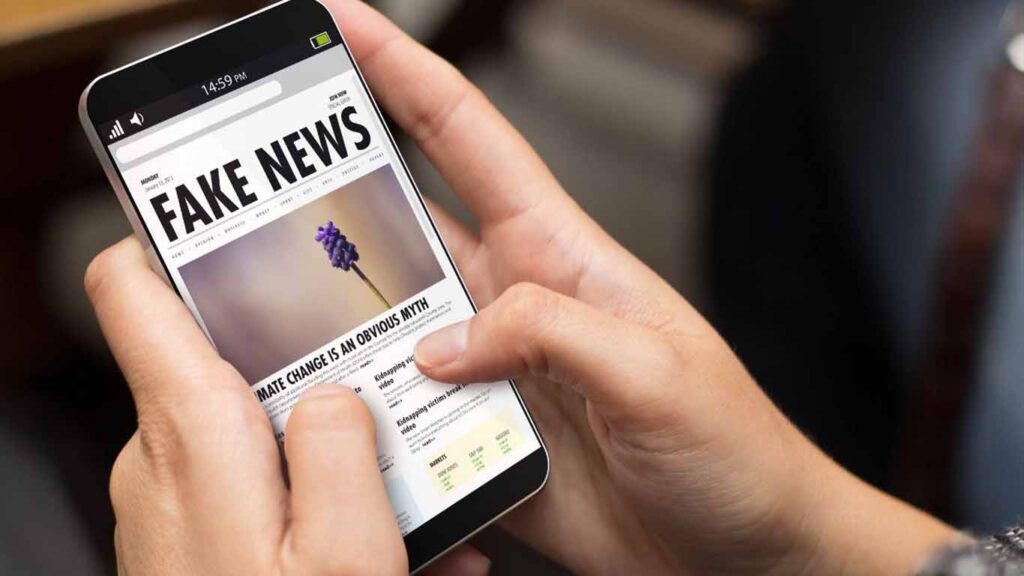Fake news is defined as fabricated information that mimics media content in form, but not in organizational process or intent.
This type of news lacks the media’s editorial standards and processes to ensure the accuracy and credibility of the information.
Furthermore, according to an article by a group of researchers in the journal Science, published by the American Association for the Advancement of Science (AAAS), fake news overlaps with other information disorders, such as misinformation and disinformation (false information that is purposely spread to mislead people).
To rule out fake news, it is necessary to identify the news media. Newspapers with an international impact, such as The Wall Street Journal, in the United States, or Nikkei Asia, in Japan; or local newspapers such as Ecija Noticias, in Spain, are examples of news media. If you have not heard of the media, you should look for more information on the Internet.
Fake news has recently attracted attention mostly in a political context, but has also been documented in information promulgated on topics such as vaccination, nutrition and stock market values.
These are especially pernicious because they parasitize the mainstream media, benefiting from its credibility and undermining it at the same time.
According to the consultancy Park Advisors, to understand the disinformation environment, it is useful to dissect the various elements it encompasses.
Disinformation can include authentic material used in a deliberately misleading context to establish a false connection, such as an authentic photo displayed with a fake caption.
It can also take the form of fake news sites or deliberately designed to look like well-known sites.
Fake news
Disinformation can include completely false information, shared through graphics, images and videos.
Or it can take the form of manipulated image and video content, in which controversial elements are photoshopped into innocuous contexts to provoke anger or outrage.
To avoid fake news, the U.S. government recommends evaluating the overall design, as fake news sites often have an unprofessional look, many annoying ads, and use altered or stolen images.
Another recommendation is to check the web domain. Many fake news URLs look strange or end in «.com.co» or «.lo» (e.g., abcnews.com.co) to mimic legitimate news sites.
Reputable media outlets often include detailed background information, policy statements and email contacts in the «About Us» section.
One more element of proof is to identify the author. Fake news articles often do not include the names of the authors. If they do, look up the author’s name on the Internet to see if he or she is known and respected.
Often, fake news articles defend a point of view, have an angry tone, or make outrageous claims.
Recently, false information sparked riots on Capitol Hill by hyper-partisans in the wake of the 2020 U.S. presidential election, and United Nations Secretary-General Antonio Guterres has called disinformation an «enemy» in the fight against Covid-19, according to an article published in the U.S. Law Library of Congress.
![]()

